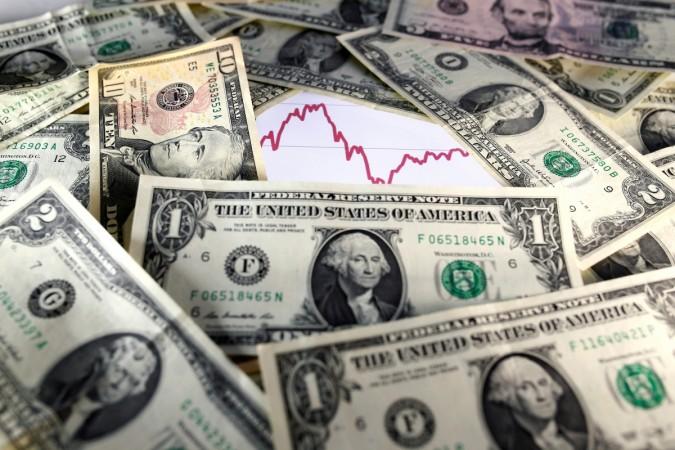
The dollar traded narrowly against its peers on Monday, as risk sentiment remained fragile over heightened concerns of slowing global growth and a partial U.S. government shutdown.
Markets will be closely watching the progress of trade talks between Washington and Beijing in the new year. In a tweet which would come as a sigh of relief to the markets, U.S. President Donald Trump said on Sunday that he had a "long and very good call" with his Chinese counterpart Xi Jinping and that a possible trade deal between the United States and China was progressing well.
The Australian dollar gained 0.1 percent to $0.7049. The fortunes of the Australian economy are closely tied to China, its largest trading partner.
"High beta and emerging market currencies will likely outperform if we get a trade agreement. Given the improving risk sentiment following the trade deal and some underlying weakness in the U.S. economy, I would consider positive trade developments as negative for the dollar," said Sim Moh Siong, currency strategist at Bank of Singapore.
The two nations have been in a trade war for much of 2018, shaking world financial markets as the flow of hundreds of billions of dollars worth of goods between the world's two largest economies has been disrupted by tariffs.
"So far signals are positive...we could see some form of an agreement by February," Sim said, adding that given the pressures from the stock market he expected Trump to move forward towards a truce.
Trade concerns have hurt China's economy this year and analysts expect its manufacturing sector to have contracted for the first time in more than two years. Chinese PMI data is scheduled to be released later on Monday.
The dollar index, a gauge of its value versus six major peers was marginally lower, fetching 96.35 in early Asian trade.
The U.S. currency has been hurt in recent weeks by rising expectations that the Federal Reserve will pause its tightening cycle sooner than expected, or potentially harm the U.S. economy with further interest rate increases. Falling U.S. bond yields have also dampened investor sentiment towards the dollar in recent weeks.
Despite the recent pressure on the greenback, the dollar index has gained 4.6 percent this year. This has primarily been due to a robust American economy, falling unemployment and rising wage pressures. These economic fundamentals allowed the Federal Reserve to raise interest rates four times in 2018, with analysts now expecting possibly another 1-2 hikes if economic momentum does not falter.
The yen was changing hands at 110.34 per dollar, a touch lower versus the greenback. The safe-haven yen has strengthened by 2.8 percent versus the dollar in the last two weeks of the year as investors sought its safety due to growing concerns of slowing economic growth, U.S.-Sino trade tensions and highly volatile moves in global equities.
The yen gained despite soft Japanese data and a decline in benchmark Japanese bond yields, which fell back into negative territory for the first time in more than a year, indicating the high level of risk aversion underscoring the financial markets in December.
The Swiss franc, another safe haven, traded steady at 0.9848. The franc has gained versus the dollar for two straight weeks due to risk-off positioning in the currency markets.
The euro quoted at $1.1440, trading flat versus the dollar. Although the single currency has gained versus the greenback in recent weeks, economic growth and inflation in Europe remain much weaker than the European Central Bank's expectations. The euro is set to lose around 4.5 percent versus the dollar in 2018.
Elsewhere, sterling, which has been battered this year due to Brexit woes, was fetching $1.2700. The pound has lost 6 percent of its value versus the dollar this year.
With three months left until the United Kingdom is due to leave the European Union on March 29, British Prime Minister Theresa May's Brexit deal is floundering.










